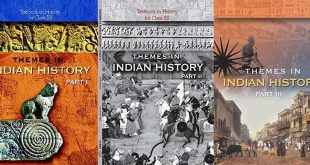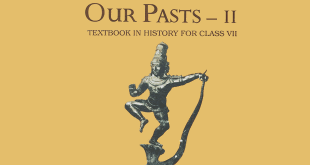Question: Write a short note on “havelis”.
Answer: Havelis were grand mansions in which the Mughal aristocracy in the 17th and 18th centuries lived. A haveli housed many families. On entering the haveli through a beautiful gateway, there was an open courtyard which was surrounded by public rooms. These public rooms meant for visitors and business, used exclusively by males. The inner courtyard with its pavilions and rooms was meant for the women of the household. Rooms in the havelis had multiple uses, and very little by way of furniture. These havelis began to decline as the Mughal amirs found it difficult to maintain them under conditions of British rule. Some havelis were subdivided and sold. Some were taken over by the upcoming mercantile class while many feel into decay.
Question: Describe the main features of the colonial bungalow.
Answer: The main features of the colonial bungalow:
- It was meant for one nuclear family.
- It was a large single-storyed structure with a pitched roof and usually set in one or two acres of open ground.
- It had separate living and dinning rooms and bedrooms and a wide verandah running in the fronts and sometimes on three sides.
- Kitchens, stables and servants’ quarters were in a separate space from the main house. The house was run by dozens of servants.
Question: Write names to two port cities in British India. Why were port cities important?
Answer: Port cities like Calcutta, Bombay and Madras became important. They played an important role in trade. Raw materials were sent to England from these ports. Similarly, manufactured goods from England landed at these ports which were then re-distributed throughout India.
Question: Discuss the old urban areas of India.
Answer: The old urban areas of India:
- Indian cities were small and had a wall running all around them.
- Due to this wall, they were called ‘walled cities’.
- For entry into the city, there were many ‘darwazas’ (gates).
- For example, Shahjahanabad (the walled city of Delhi) had many gates.
Question: Discuss the treatment meted out to Delhi by the British after 1857.
Answer:
- After the revolt of 1857 British and looked and plunder Delhi.
- All inhabitants of the city were driven out. Delhi was completely depopulated and deserted for many months.
- The Red Fort was taken over and many structures inside the Fort were converted into barracks for British soldier.
- The area around the Red Fort was cleared.
- Large areas of the city were demolished. These included many buildings, bazaars and localities.
 Class Notes NCERT Solutions for CBSE Students
Class Notes NCERT Solutions for CBSE Students




